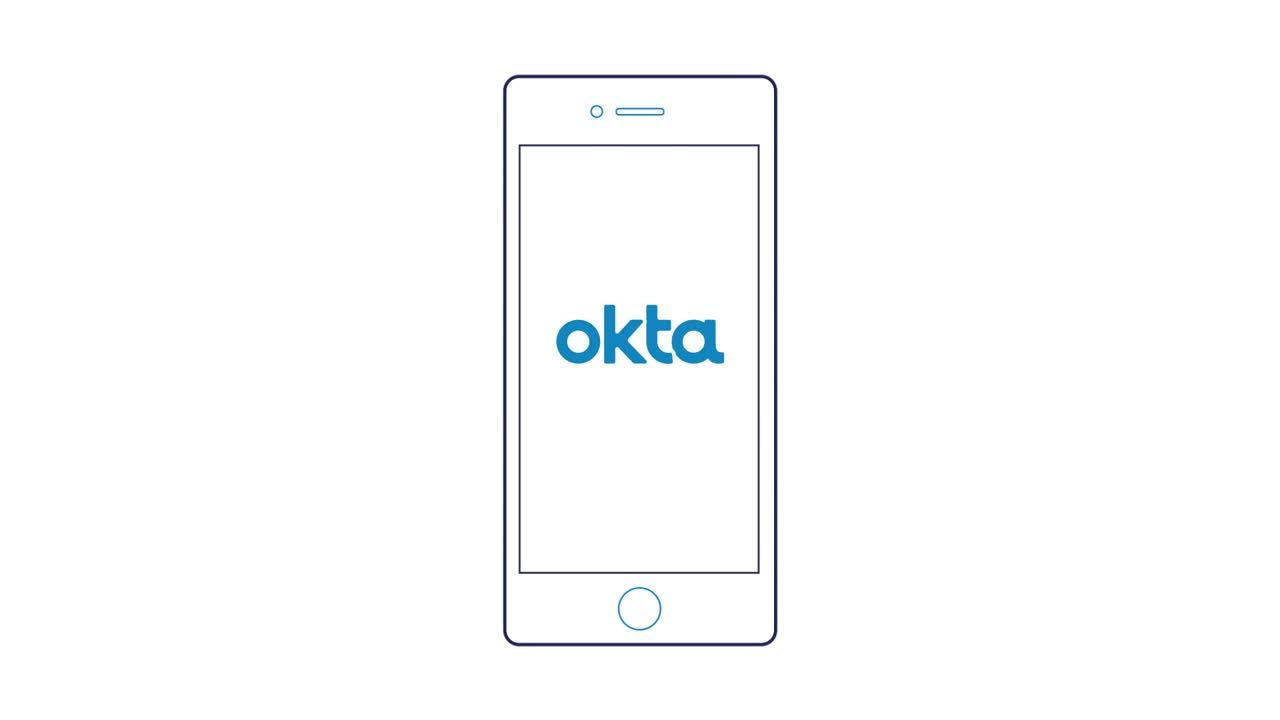Can You Increase Speed While Reducing Risk? With Customer Identity, You Can
Today’s organizations have high hopes for their software and their developers—and so do their customers. According to Gartner, 86% of organizations expect their user experience to be their main competitive differentiator by 2021, a trend that’s reflected in their business priorities.
More than ever, teams are doubling down on delivering software that will delight their customers. And while this requires code, it’s important to remember that beyond your core offerings, unnecessary custom code slows your developers. Moreover, custom code accounts for 93% of app vulnerabilities, and pro-code and all-code approaches make unsustainable demands on your developers’ valuable time and resources, which would be better spent on revenue-driving projects.
So how can you provide delightful experiences to your end users while reducing complex coding requirements and remaining up-to-date with evolving security protocols? The easiest way is with a modern customer identity and access management solution (CIAM) that delivers the features you need out-of-the-box.
Finding a CIAM solution fit for your team
Managing identities and access for external users is a challenging process, especially as customer experience environments and cyber threats become increasingly complex—yet only 40% of organizations currently have a customer identity initiative in place.
That’s why third-party platforms have the potential to provide value, as long as they offer future-proof, best-of-breed solutions that stay ahead of security innovations. To choose a CIAM solution that turns identity into an enabler for the business, instead of being a burden on engineers and developers, there are three things your teams have to consider.
1. Customer experiences must be friction-free
Digital was already the way of the world before the COVID-19 pandemic forced companies and their customers online. Now, 67% of organizations we’ve talked to expect their traffic to surge in the near future, and 62% say this is because of COVID-19 and how it’s changed our lifestyles and consumer habits.
Developers are busier than ever, but the unprecedented pace at which software is produced and launched can lead to problems later on when unforeseen popularity causes applications to crash. After all, authentication, password encryption, and user management can put a lot of pressure on systems due to their resource intensiveness—and over-provisioning drives costs up and ROI down.
CIAM is critical here. Competition is fierce for customers’ attention and business, which means people have plenty of products and services to choose from. As soon as a site provides an unreliable user experience, or a difficult sign-up or login flow, users will turn their patronage to a brand that can deliver on their expectations. Conversely, companies with well-designed experiences can double their visit-to-lead conversion rates.
2. The CIAM platform has to help developers
User friendliness shouldn’t be limited to the customer experience. Developers need customer identity tools that they can actually deploy efficiently and effectively, and unfortunately, that’s easier said than done.
41% of organizations lack a dedicated team to manage their CIAM solution, which means developers need to stop work on other, more critical tasks in order to update and maintain it—and on 47% of these teams, four or more developers are needed for this. Even worse, trying to integrate a custom built CIAM solution with a new app or feature is a huge impediment to speed to market. For more than 80% of teams, it will take anywhere between two and seven plus months to complete.
All of this leads to projects that are far out of scope, culminating in massive financial costs. You can cut costs in half by going with a third-party provider, especially one that enables you to centralize authentication, authorization, and user management for microservices.
More and more developers are deploying microservices to create agile, cost-effective software that’s much easier to update, scale, and support than conventional monolithic systems.
3. Your CIAM platform should cover all your bases
More code presents more risk. If developers constantly need to navigate the monolith of code around customer identity changes, policies, platforms, and integrations with third party app ecosystems and operating systems, then you’re opening up your organization to an expanding list of threats.
The average data breach costs nearly $4 million, though that number skyrockets to $42 million for so-called megabreaches involving a million records or more. And while the monetary penalties can be debilitating, they’re nothing compared to the brand damage that comes after. 70% of customers say they’d cut ties with a business if it compromised their data.
A modern CIAM solution puts measures in place to reduce risks. By recognizing that identity is the new perimeter, companies with mature customer identity can authenticate login requests based on dynamic, contextual factors, and stop credential stuffing attacks in their tracks. Unsurprisingly, they see half as many attempted breaches—and when problems do arise, the accelerated response time means that every security event costs an average of $5 million less.
We’ve summed up the key advantages of alleviating the identity burden on your developers in this whitepaper. Have a look for a succinct overview of what to prioritize in a CIAM solution, and how Okta can help alleviate heavy code issues so you can unlock your innovative potential.
To see how Okta helps developer teams build highly scalable apps that deliver both seamless access and security, watch our video below.


